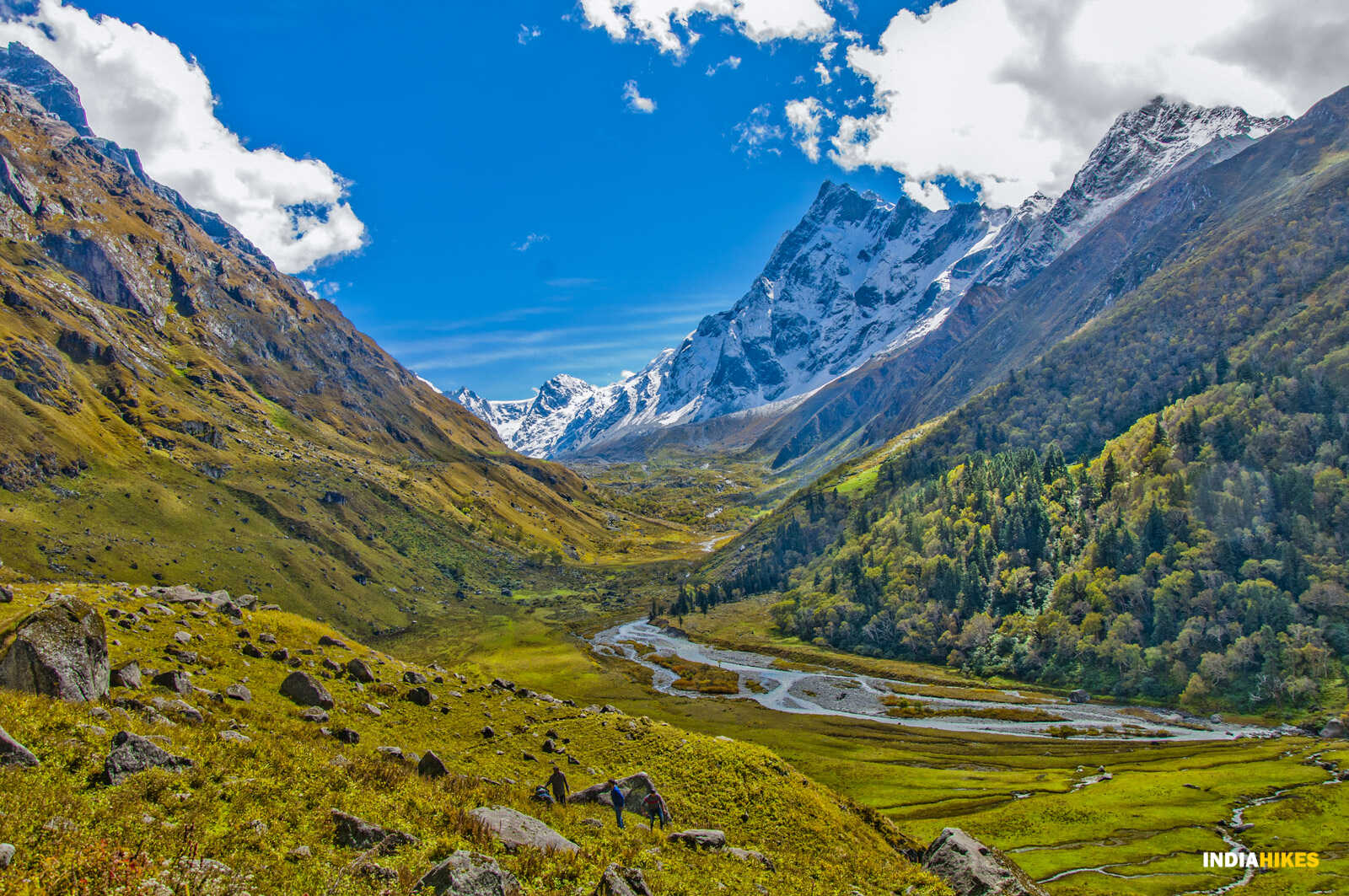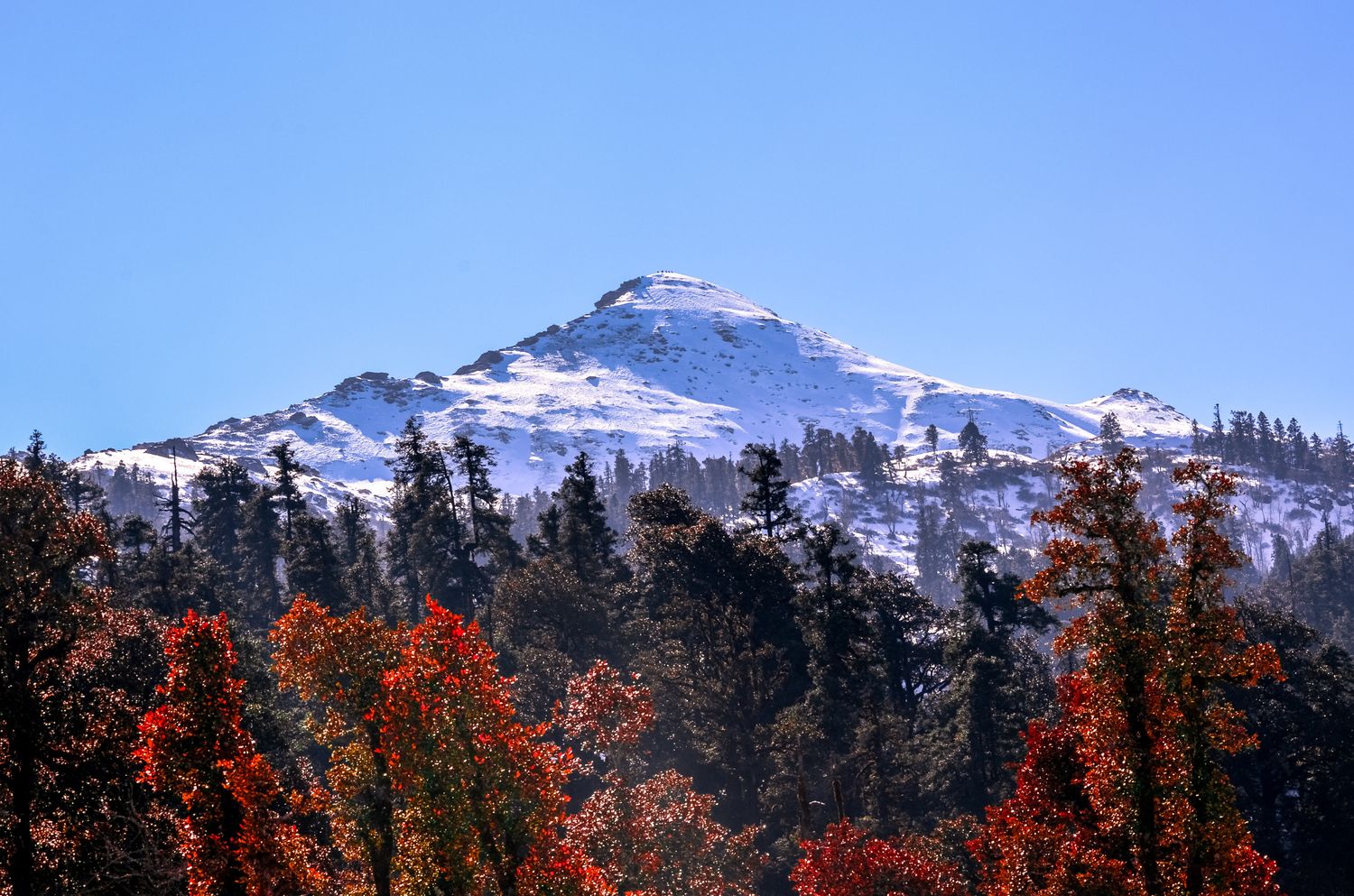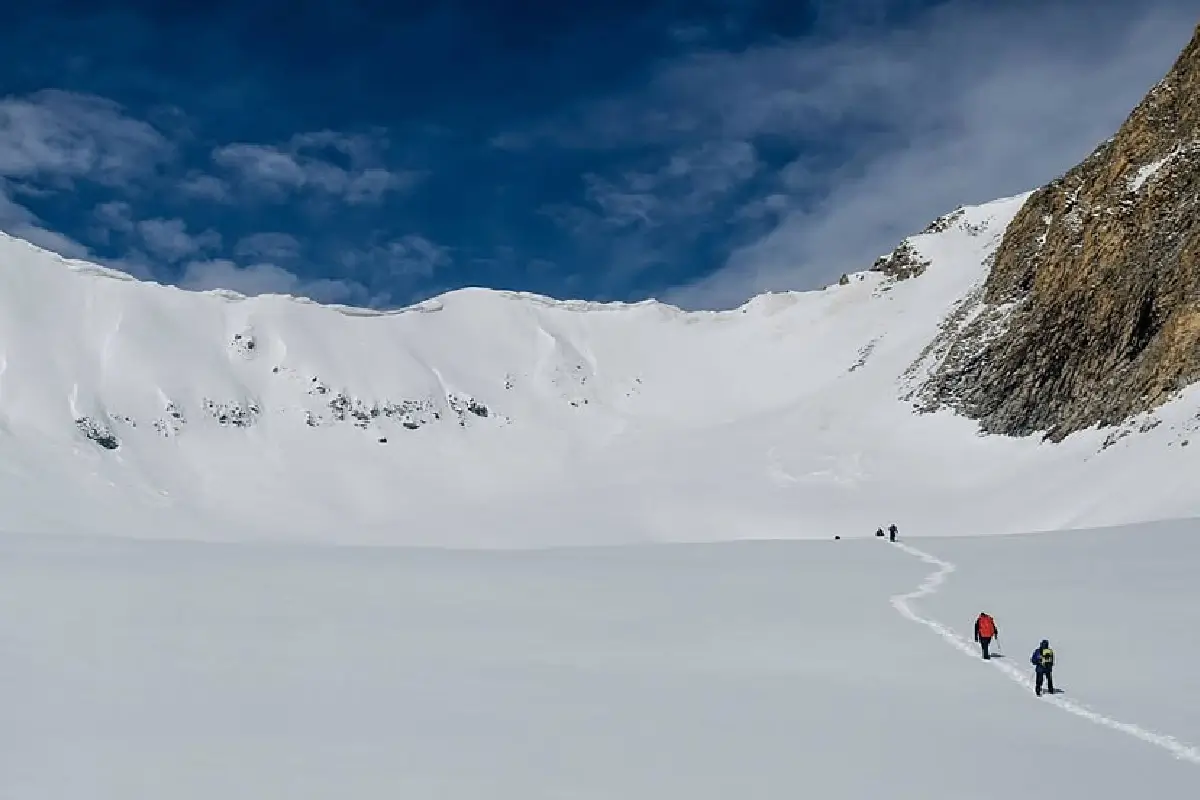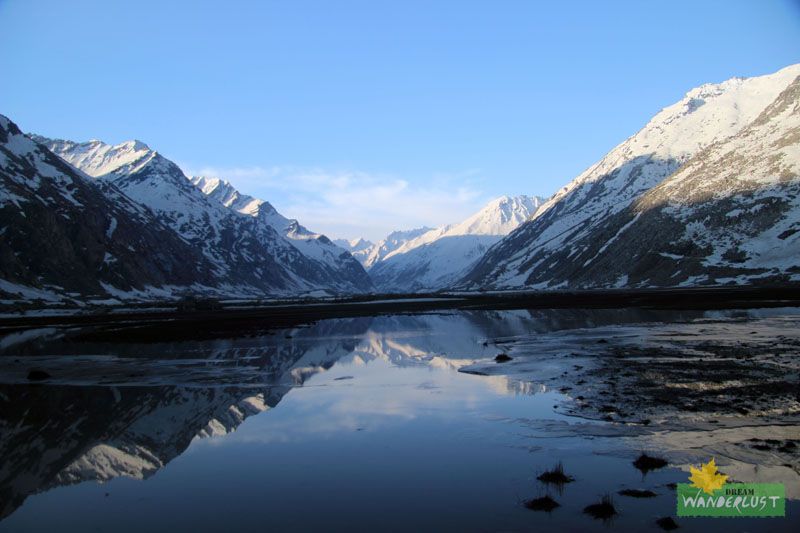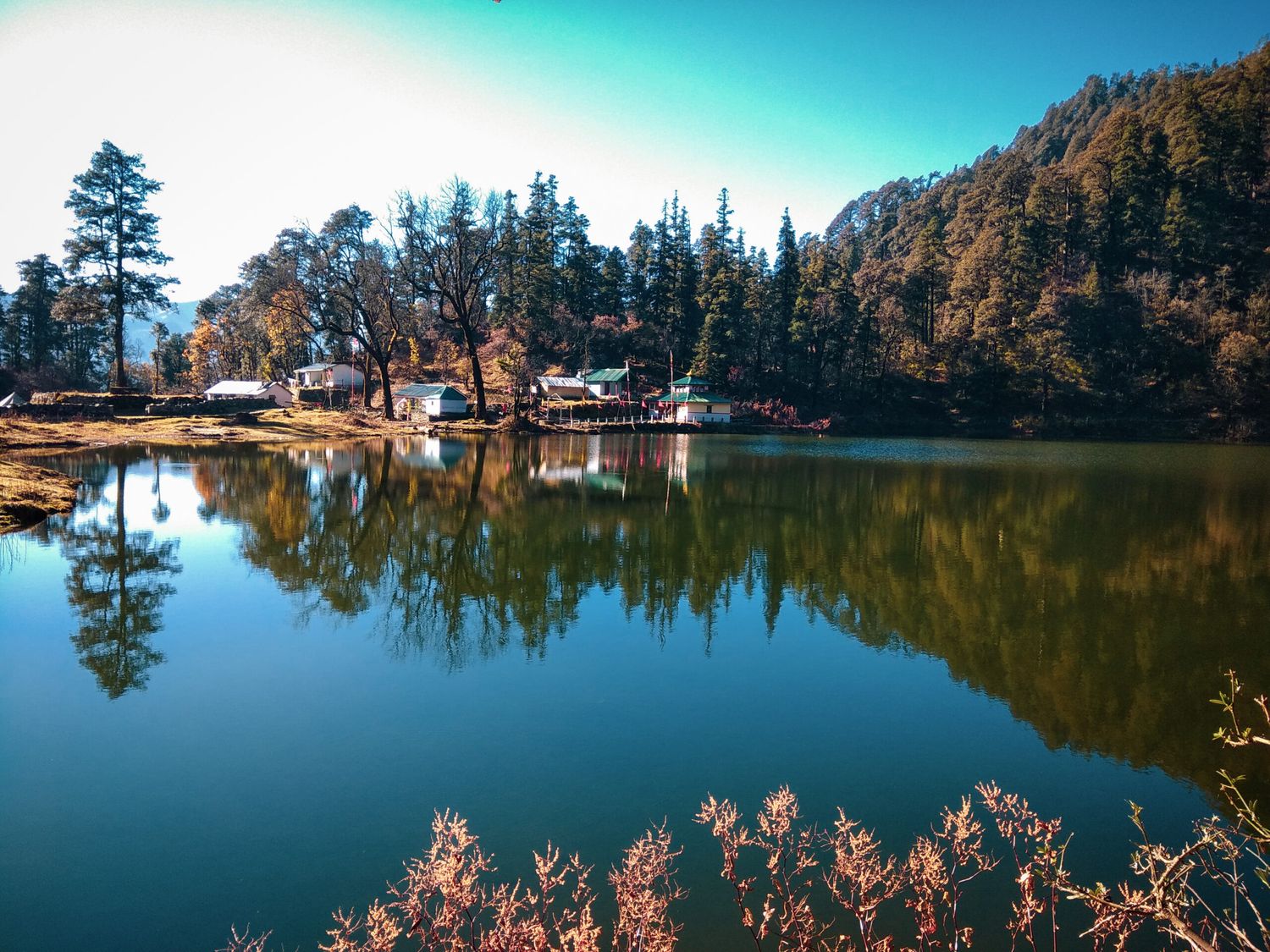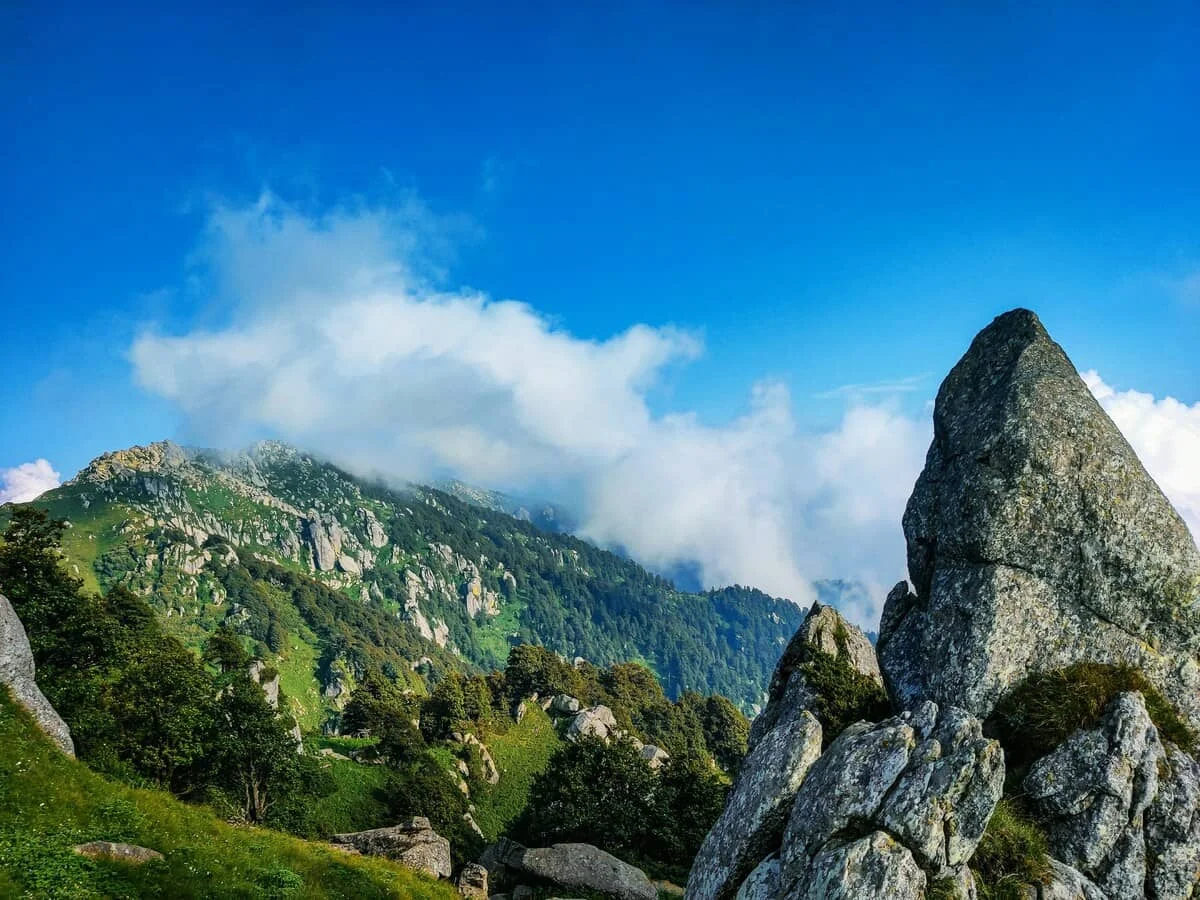Buran Ghati Trek: A Himalayan Adventure Through Meadows, Forests, and Snow Walls
The Buran Ghati Trek is one of Himachal Pradesh’s most dramatic and versatile treks, offering a perfect mix of forests, meadows, streams, alpine lakes, and snow adventures. Situated at 15,000 ft, the trek connects Janglik village to Barua in Kinnaur and involves crossing the thrilling Buran Pass. The highlight of this trek is the snow wall descent, where trekkers rappel or slide down icy slopes, making it a unique and adventurous experience. Its variety of landscapes and adrenaline factor make it one of the most rewarding treks in the Indian Himalayas.
Diverse Landscapes
The trek begins with charming Himachali villages and dense pine forests, gradually opening into lush Dayara meadows. Higher up, the trail passes glacial lakes and snowfields, culminating in the challenging Buran Pass crossing.
The Snow Wall Descent
One of the trek’s most thrilling highlights is descending steep snow walls at the pass using ropes or sliding down safely. This section makes Buran Ghati stand out from most other Himalayan treks, blending trekking with mountaineering elements.
Highlights of the Trek
- Adventure-packed snow wall descent at Buran Pass
- Scenic Dayara meadows with vibrant wildflowers
- Charming villages like Janglik and Barua
- Glacial lakes and alpine streams
- Panoramic views of Kinnaur and Sangla valleys














